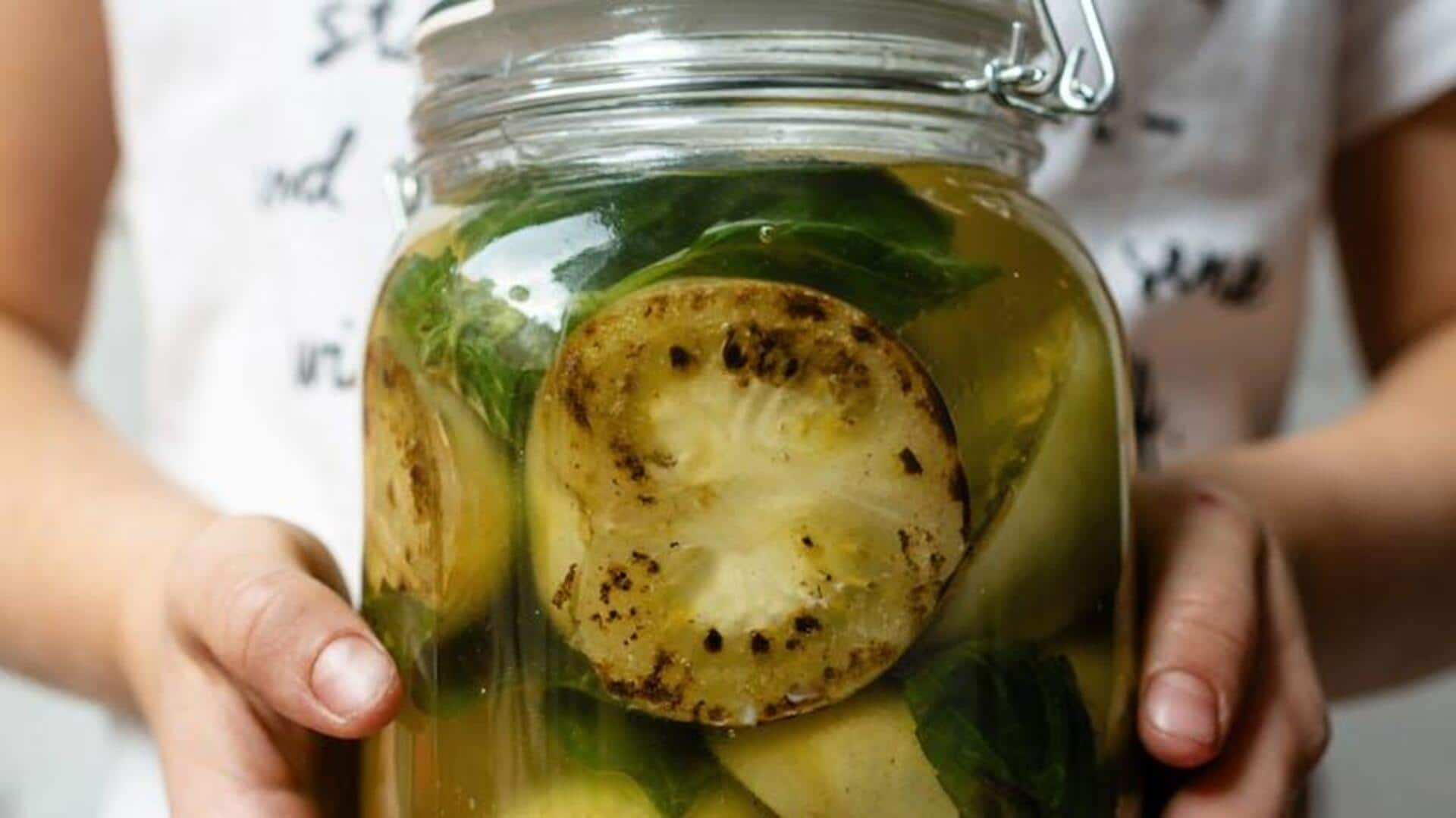
The global story of pickles and preservation traditions
What's the story
For centuries, pickles have been a staple in various cultures, a way of preserving food and making meals delicious. The art of pickling has evolved over centuries, with every nation giving its unique twist to the process. From spicy to sweet, pickles speak a lot about the culinary traditions and innovations of different regions. Let's see how pickling practices differ across nations.
#1
India's spicy pickle tradition
India is famous for its spicy pickles, usually prepared from mangoes, lemons or mixed vegetables. Mustard seeds, fenugreek, and turmeric are among the spices commonly used in Indian pickling recipes. These spices not only lend flavor but also help preserve the pickles. Indian households tend to make the pickles in large batches during certain seasons to have something to eat throughout the year.
#2
Japan's unique tsukemono
In Japan, tsukemono denotes a range of preserved vegetables served alongside food as side dishes or garnishes. Daikon radish and cucumbers are commonly used ingredients. Japanese pickling techniques usually involve rice bran or vinegar for fermentation. Tsukemono is prized for its ability to cleanse the palate between bites of other dishes.
#3
Korea's iconic kimchi
Kimchi is probably Korea's most popular contribution to the world. Primarily made from fermented napa cabbage and radishes with chili pepper flakes and garlic, kimchi is a complex array of flavors—spicy, sour and umami-rich. It can be both a side dish and an ingredient in a variety of Korean recipes.
#4
Germany's sauerkraut legacy
Germany's sauerkraut is about fermenting finely cut cabbage with lactic acid bacteria for weeks or months. This gives it a tangy flavor profile that goes with many traditional German dishes (like potatoes). Not only is sauerkraut delicious, but it is also appreciated for its probiotic benefits.
Tip 1
Middle Eastern pickled delights
Middle Eastern countries have their own list of pickled treats such as turnips dyed pink with beet juice or cucumbers steeped in brine seasoned with garlic cloves and dill weed sprigs. Each offers unique flavors characteristic to the region. They remain simple at heart with minimalistic ingredient lists. These lists emphasize accentuating natural flavors rather than masking them completely by excessive seasoning additions alone.